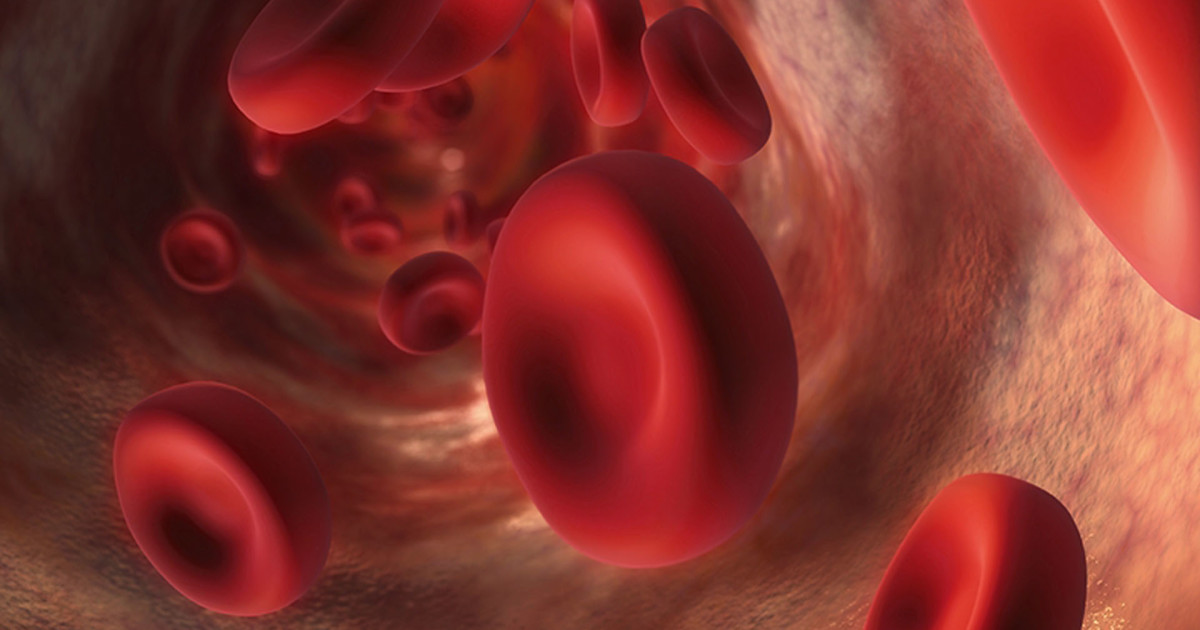Guide To The Types Of Leukocytosis
Neutrophilia

Neutrophilia is the most common type of leukocytosis because neutrophils are the main leukocytes that attack bacterial infections. The pus found in pyogenic infections contains large numbers of dead neutrophils. Neutrophilia is a common reaction to bodily injuries where the skin is broken, and bacteria may be present. Victims of severe burns also have a high incidence of this condition.
Elevated levels of neutrophils are a sign used by doctors to diagnose bacterial infections somewhere in the body. There are a few drugs, such as corticosteroids, that can raise neutrophil levels as a side effect, so physicians need to be aware of a patient's history. Normally, this condition is not treated. Neutrophil levels will decrease as the underlying condition improves.
Monocytosis

Monocytosis is the type of leukocytosis with elevated levels of monocytes. Monocytes are the largest white blood cells in size. As needed, they are turned into one of two different cells, macrophages, and dendritic cells. Macrophages are the all-purpose white blood cells that participate in dead cell removal and the destruction of foreign bodies. Dendritic cells work specifically for the safety of tissues exposed to the outside world.
Like other forms of leukocytosis, monocytosis may be found in conditions that produce chronic inflammation. It is also associated with diseases such as malaria and tuberculosis. This condition is also found during the recovery phase of an infection, where the body continues to produce extra monocytes even though the infection is in decline.
